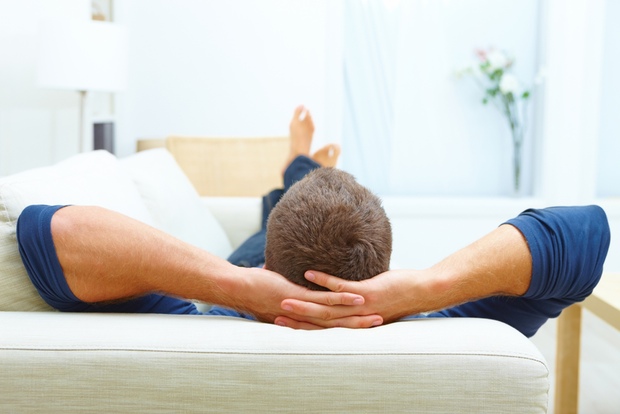For serious athletes who have to train twice a day, it goes without saying that rest is key to recovery—especially leading up to a race or competition. But what about us everyday gym-goers? Don’t we deserve a day off, too?
I posed this question to personal trainers and physical therapists after a stint of hour-long indoor cycling classes with 30-minute runs mixed in here and there. After just four days of this, my legs felt like lead. My body surely needed a break, right?
Not quite, says Carmen Sturniolo, personal trainer and founder of Ambitious Athletics. “A lot of people get it wrong with muscle soreness and the [idea] that you need a day off. The truth is, you have to move the next day in order to reduce soreness.”
It sounds counterintuitive, he adds, but our muscles need blood flow and extension to ensure full range of motion. “Active rest is extremely important,” he says. “I don’t think at any time you should just have a complete rest day—always incorporate some kind of mobility.”
Physical therapist Dr. Jamey Schrier agrees, also noting that while a day off isn’t always necessary, it is important do a different type of workout each day. “For someone who is brand new to running, don’t go run three miles and then run another three the next day,” he says. “Switch it up and do some other exercise, like weight training or mat Pilates—any exercise that helps running but reduces the pounding.”
It’s also not necessary to work out for the same length of time every day. Sturniolo says foam rolling for 15 minutes counts as a mobility session workout. And yes, even stretching—dynamic, active stretching, that is—will do. “Even if just getting up and going through stretching or dynamic routine you do before a run just activates the gluts and takes the hips through full range of motion,” he says.
Of course, if you can’t even sit down without wincing after a previous day of squats, it’s likely you may have pushed yourself beyond your physical limit. Still, it’s crucial to at least walk for ten minutes, Sturniolo says, rather than lie on the couch in pain.
For example, Sturniolo says if his clients did front squats the day before, he’ll still have them do some form of squats the next day. “Their quads are relatively sore the next day, but I’ll have them do regular body-weighted squats—just to help tell the entire body it is still able to move.”
“The reality is,” says Schrier, “we just don’t move our bodies enough in general.”


















